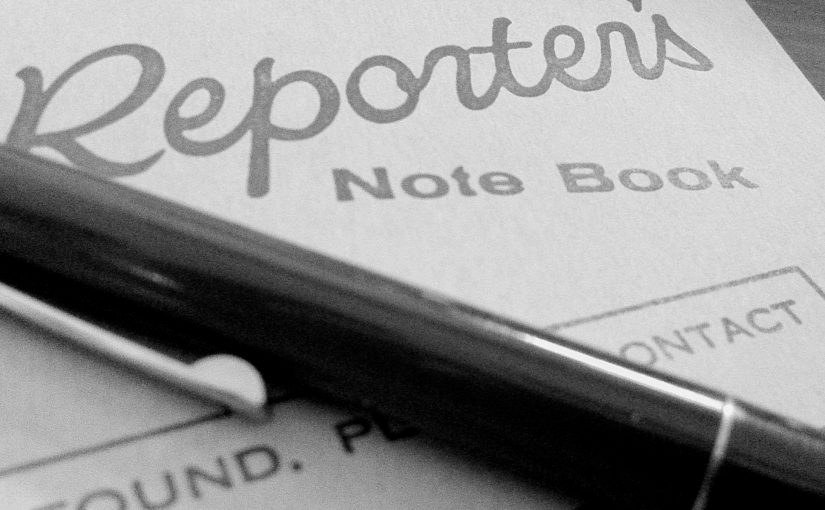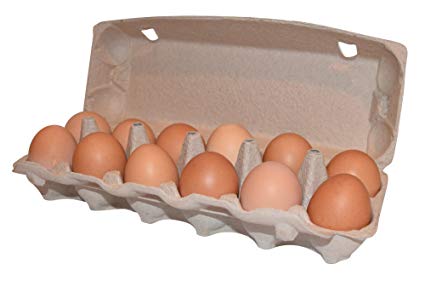It’s been a few months since the media giant decided it could succeed without me in its ranks, and since then there have been buyouts, layoffs, talks of mergers, hints of hostile takeover attempts, and now a suggestion that the takeover attempt may instead have been a surrendering of assets.
Agatha Christie must be writing this. Kenneth Branagh, please direct the cinema version.
From a corporate standpoint, the biggest wrinkle was the announced retirement of the CEO, a man just into his 60s who’s leaving with a slightly larger buyout than other employees in their 60s who left (or were thanked for their hard work and loyalty).
The Egon Zehnder executive recruiting firm is conducting a worldwide search for RD’s successor. They say their marching orders are to find somebody outside the newspaper industry.
As of Oct. 23, 2018, I’ve been outside the newspaper industry. That’s why, last week, I added my CV to the Ghostbusters’ … um, scratch that; it’s Zehnder and not Spengler … to the headhunter’s database.

The whole CEO thing needs serious re-examination these days, which is why I (a) applied, even though I likely won’t be considered or even taken seriously, and (b) know that, without an MBA or
I’m not going to get into income inequality or golden parachutes or the like here. Let’s just think about what makes a good leader.
First, a leader must embrace the credo that everyone in the organization has the same job — to ensure the success and continued viability of the enterprise. What differentiates custodians from publishers are their tasks. A good leader knows the value of each, knows where those tasks fit in the overall machine (sorry, but let’s be real), knows the scope and ideally the mechanics of every one of those tasks, could perform any and all (or most) of those tasks, and makes sure enough of the right people are performing those tasks.
Second, a leader must know the people performing those tasks. Not in a “That was Eric Stratton, pledge chairman, and he was damned glad to meet ya” way, but the way classmates at a small residential college get to know each other. Shared experiences: work, play, joy, heartache, hangovers
Third, a leader listens to the people doing the heavy lifting. A leader learns from the efficiencies discovered and honed by the staff in the trenches, and then evangelizes them, giving credit where it’s due. Years ago, when Ford built Escorts in Central Jersey, the upholstery fabric snagged as it was pulled over the foam rubber on the seat frames, slowing the assembly line and/or leading to recalls and warranty work. A creative genius on the line brought in a few cents’ worth of angel hair — the Christmas decoration — and draped it over the foam. The upholstery slid on quickly and fit without wrinkles. Ford adopted it as SOP.
CBS TV made a big show out of a company president or CEO supposedly getting on-the-job training at the bottom of the food chain. “Undercover Boss”; yeah, right. All true leaders already do this, because their sleeves are rolled up. Maybe only figuratively, but always.
A leader makes decisions based on the good of the company but with a human face, because s/he knows those people any decision most affects. Jenn in Texas, Scott in Wisconsin, Steve in California, Nina in New York. People whose loyalty and hard work are for the good of the company and for the benefit of the customers, the readers.
A leader follows that Scout camping maxim: Leave it better than you found it.
Egon Zehnder, I am that leader. My application is a serious one. No one will work harder or care more. No one.
Too bad you almost assuredly won’t consider me.




